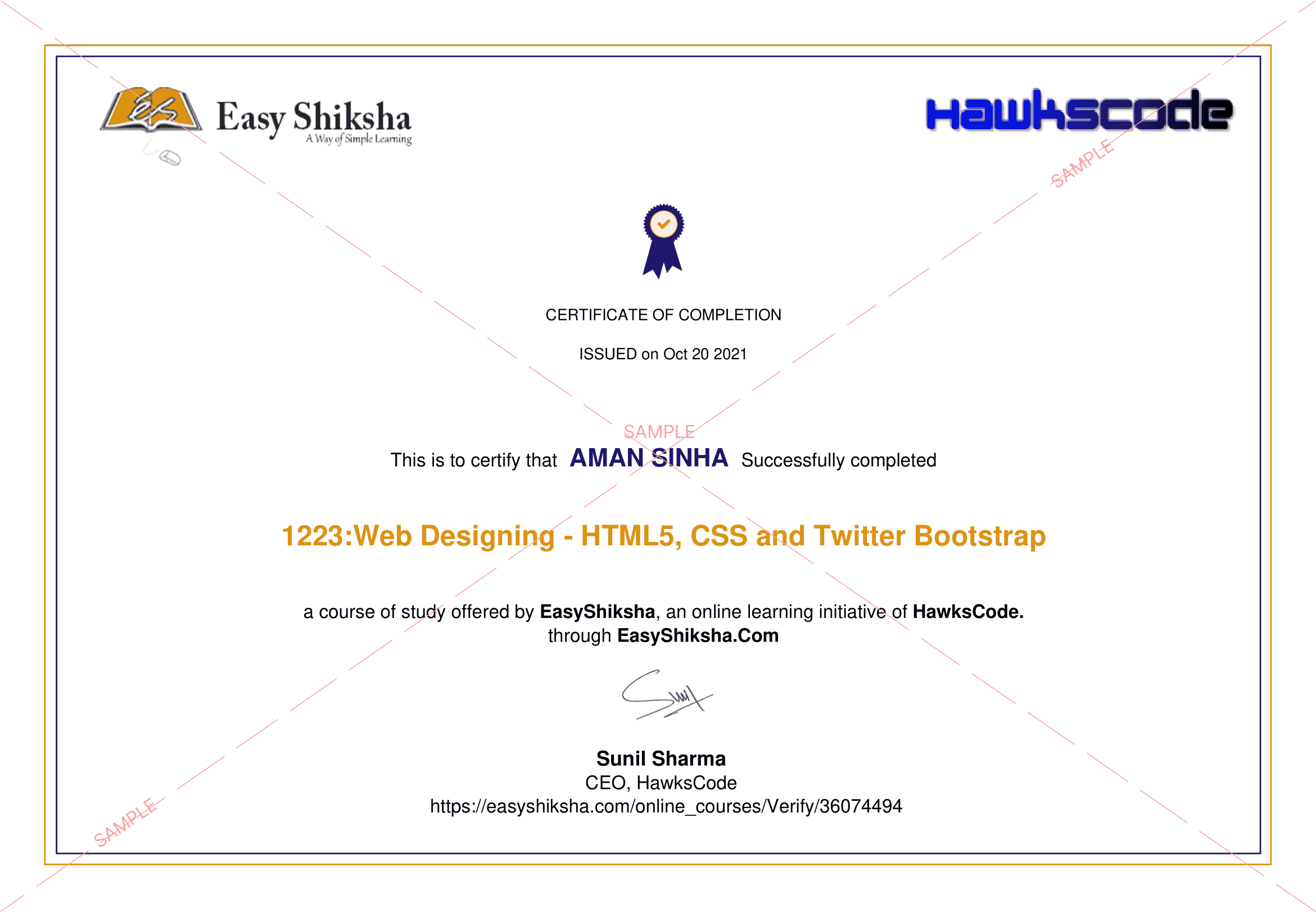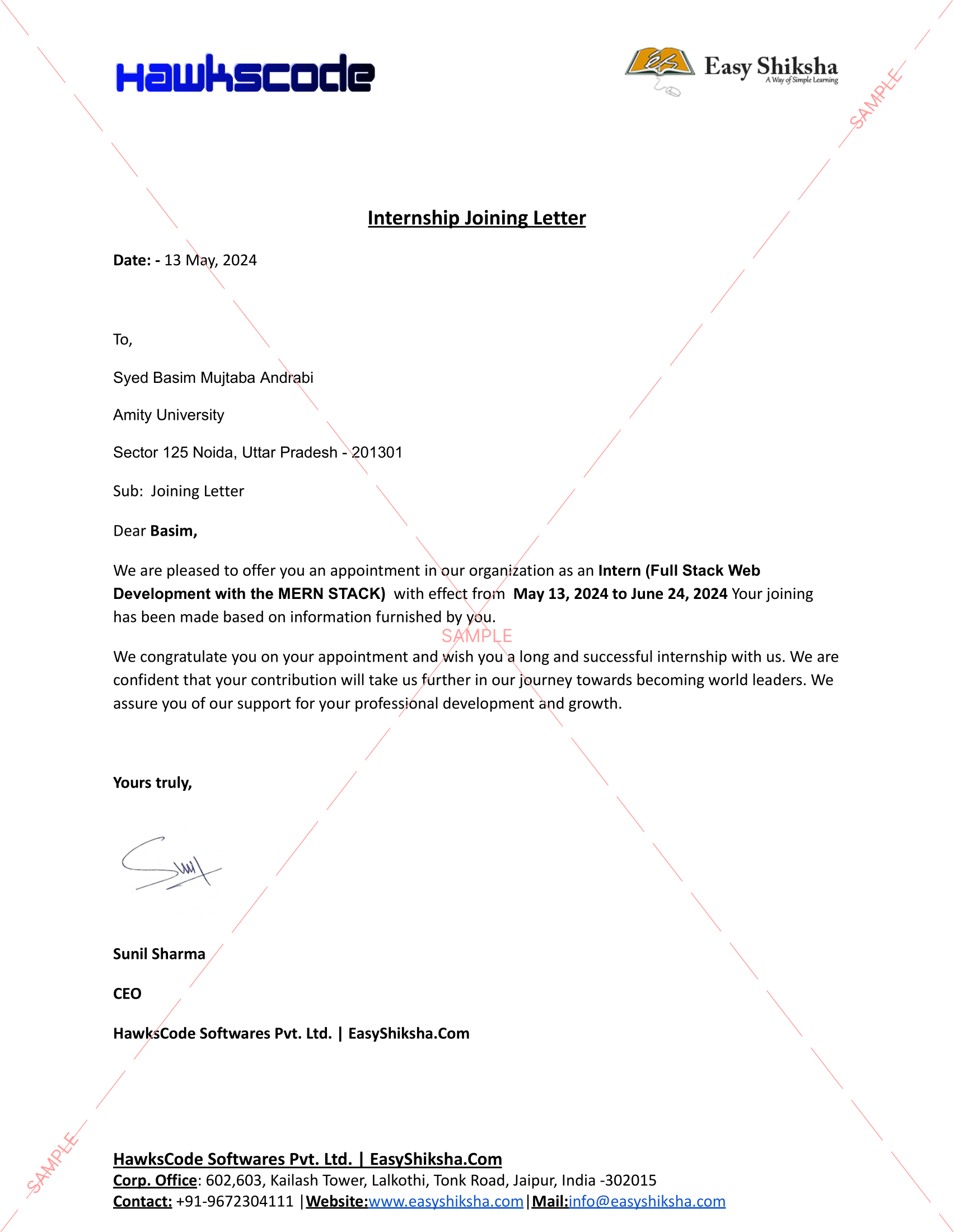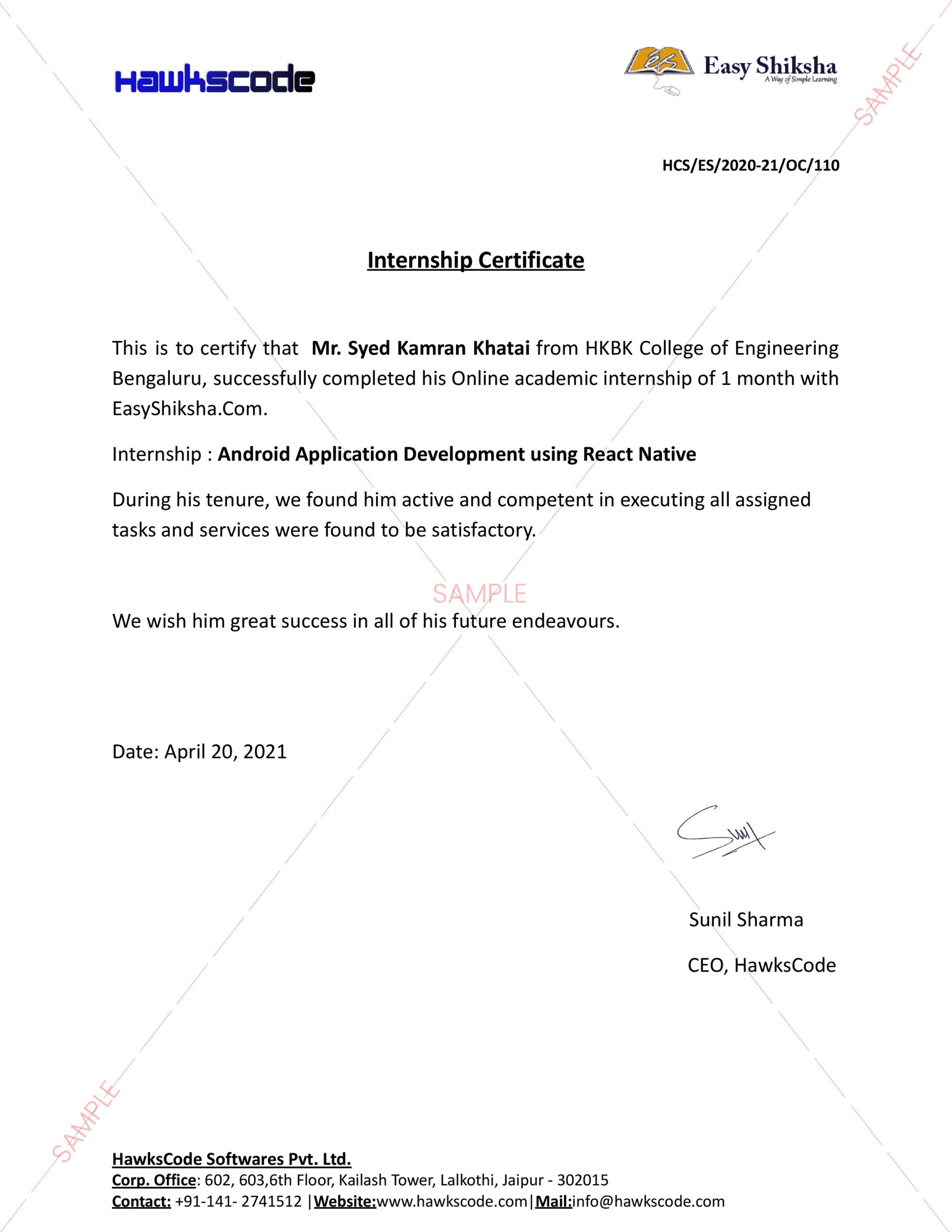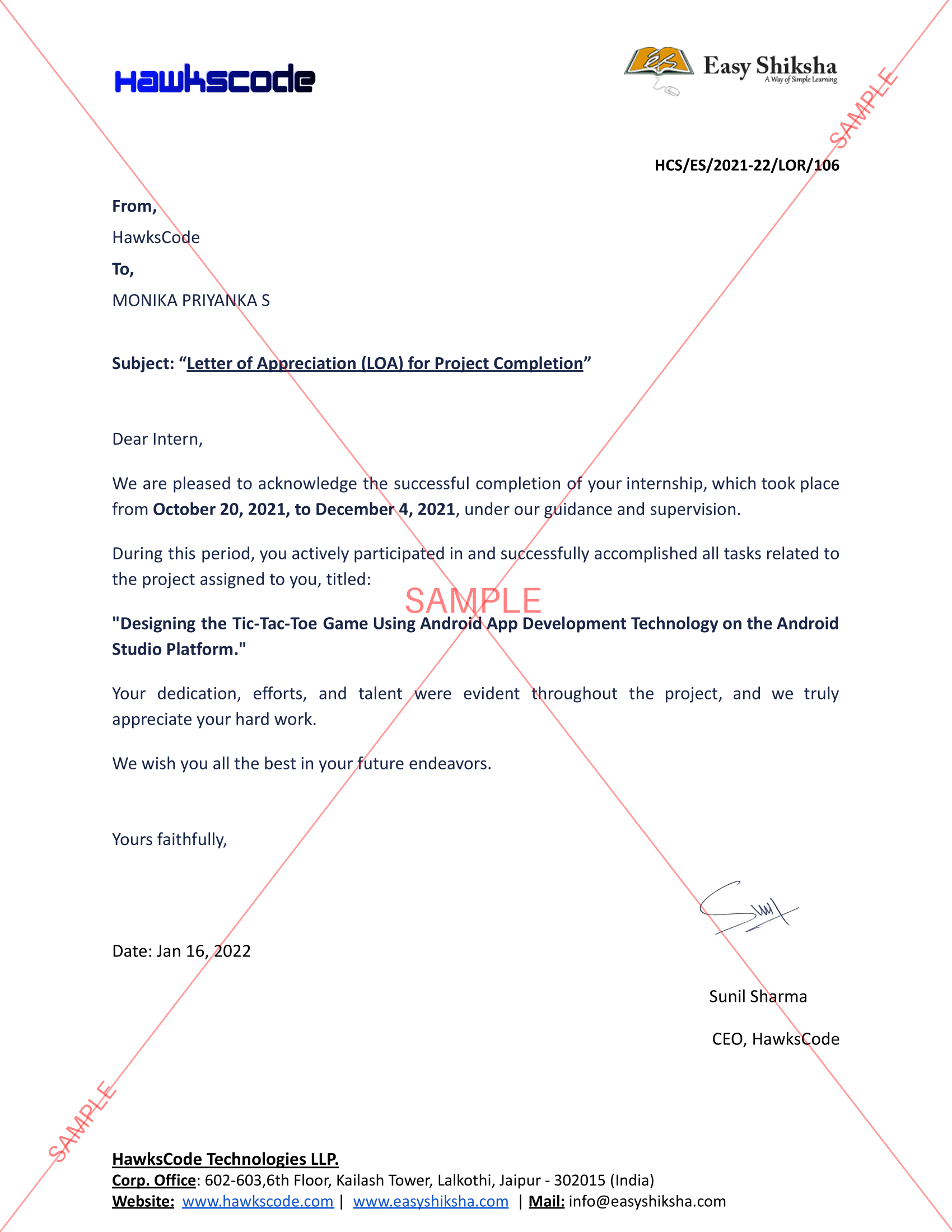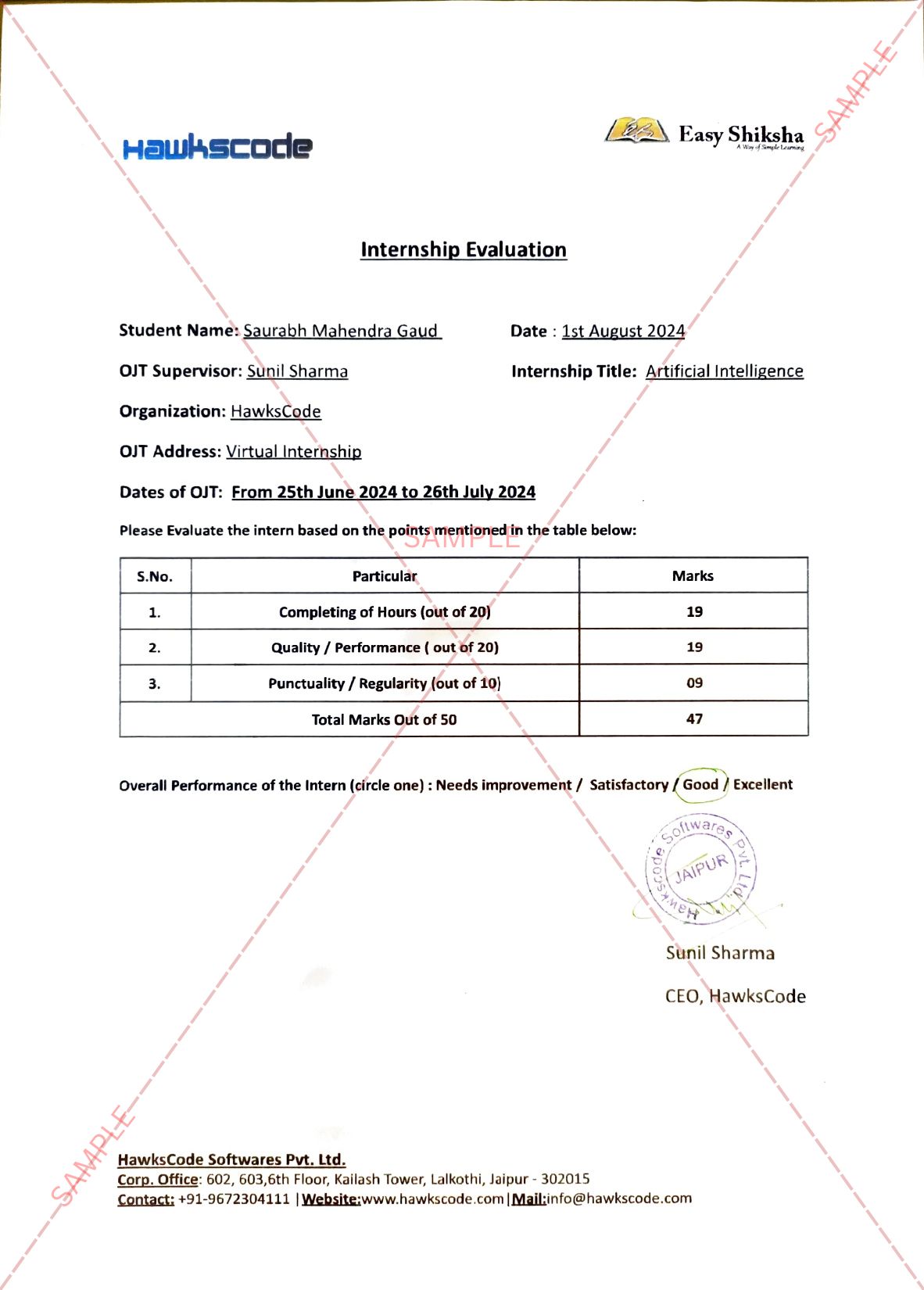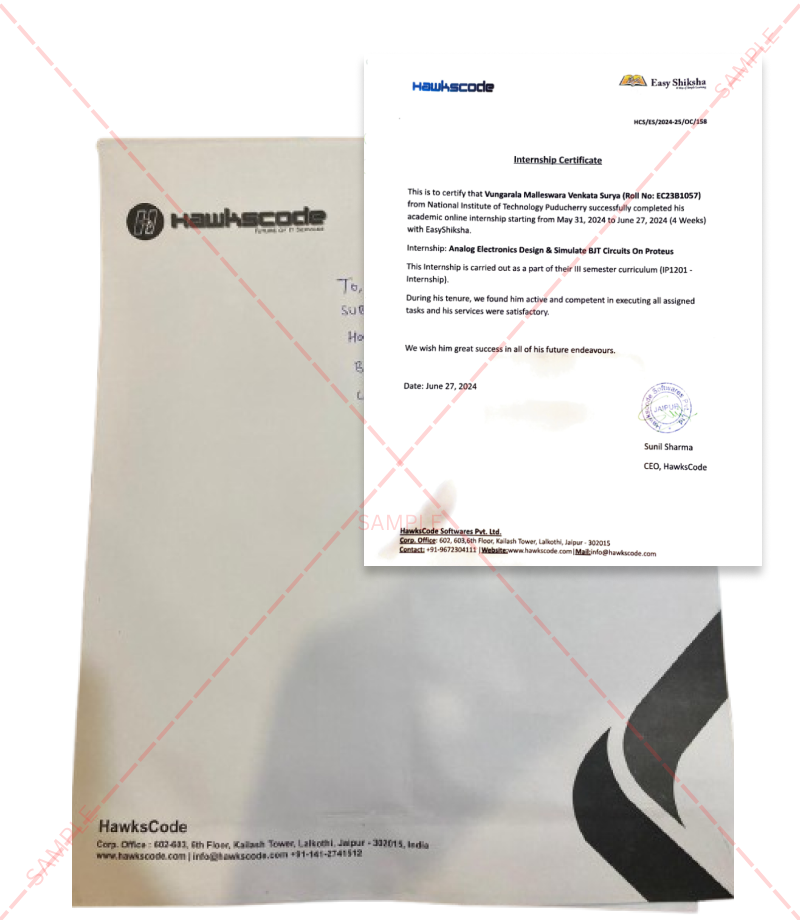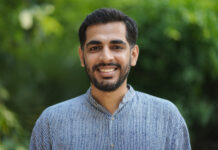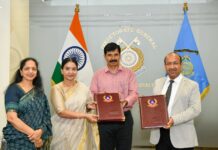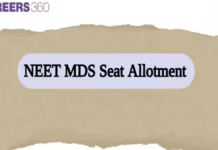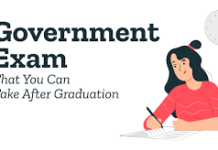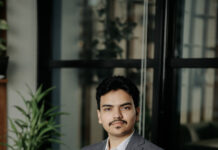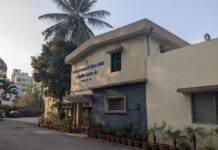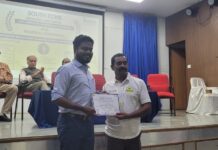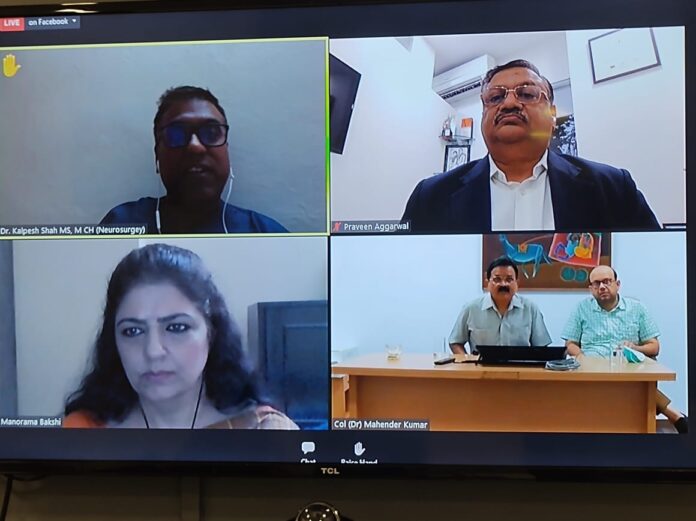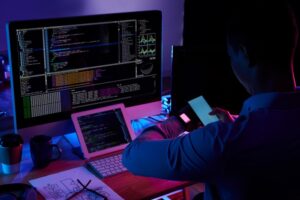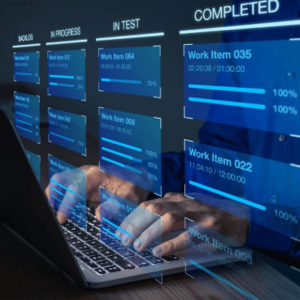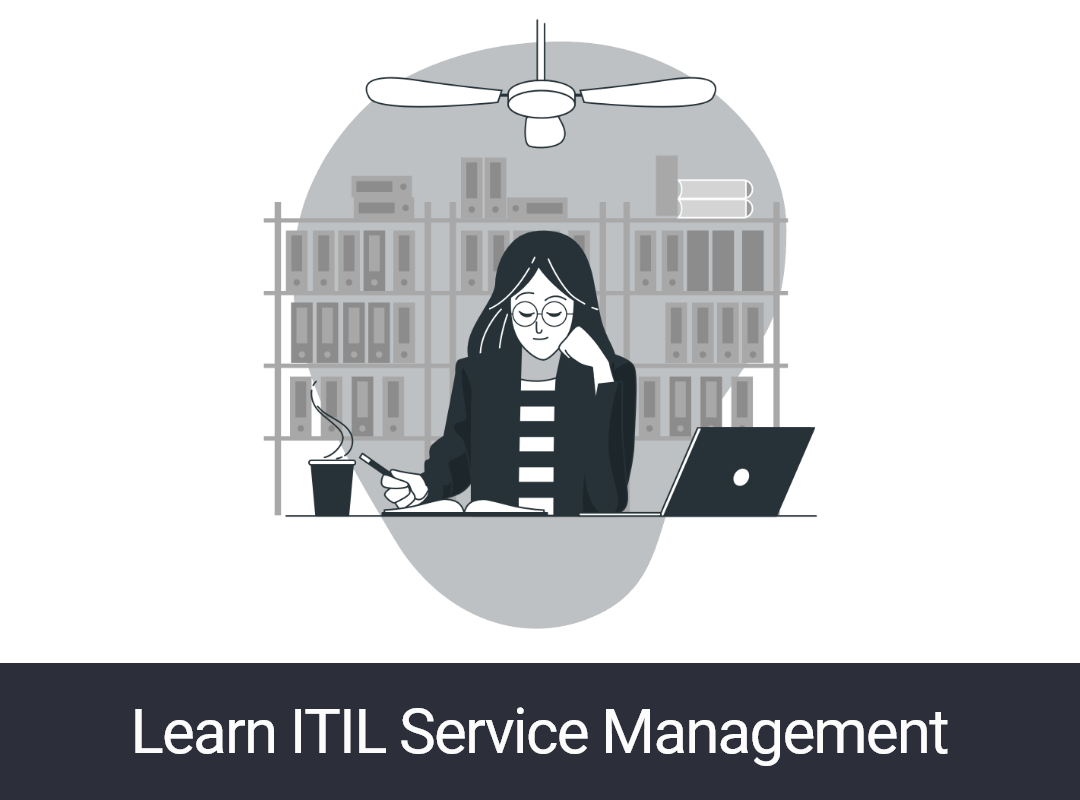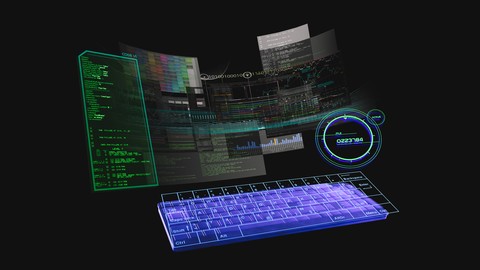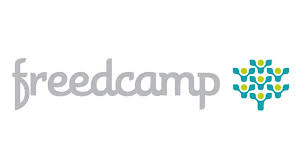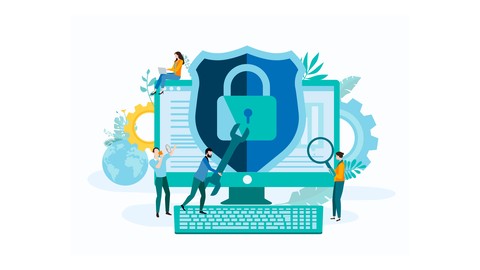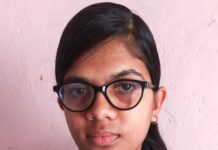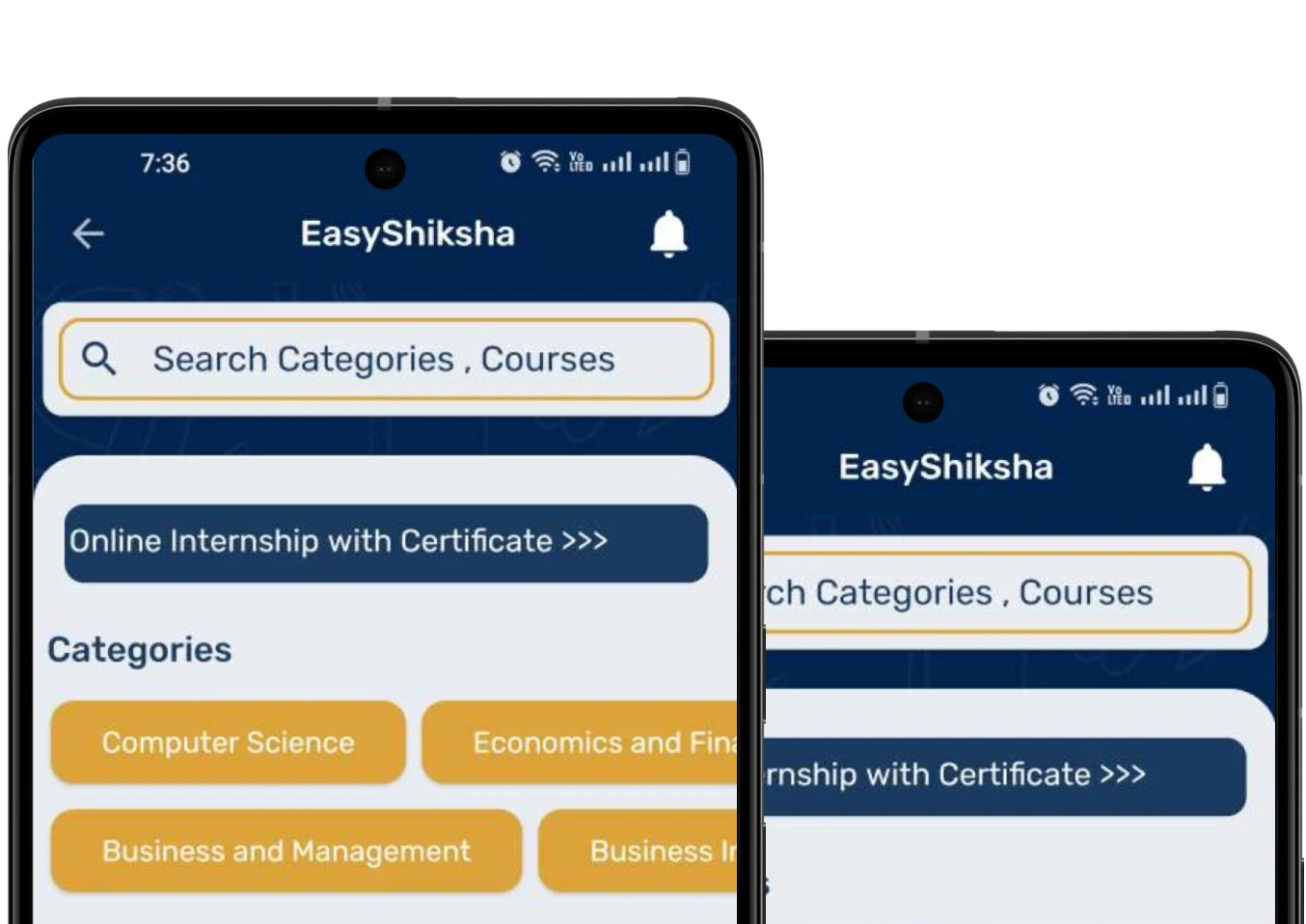Jaipur, 01 st November 2021: On account of World Stroke Day, IIHMR University and Consocia Advisory have come together to organize a panel discussion. The discussion was on “Addressing Stroke- A pathway to achieving SDG3” on the pertinent health issue with the experienced and important stakeholders. The panel was invited to discuss Stroke as a major public health issue, prevention & treatment, and the latest innovations with the #StrokeFAST. The Panel discussion had three important panels pathway discussing an array of topics on Stroke Awareness, Stroke Treatment, and Stroke Control. Each panel discussed various pathway aspects such as Prevalence of Stroke in India, Prevention, Causes and Symptoms, Diagnosis, Thrombolysis, technical innovations-MT, Stroke treatment, Minimizing Deaths and disabilities, Evidence for stroke policy & Recovery for the Stroke patients, Engaging local communities & front liners. Participants from the medical fraternity, ICMR, state health departments, technologists, innovators, business professionals, and civil society representatives attended the virtual panel discussion.

Important Announcement – EasyShiksha has now started Online Internship Program “Ab India Sikhega Ghar Se”
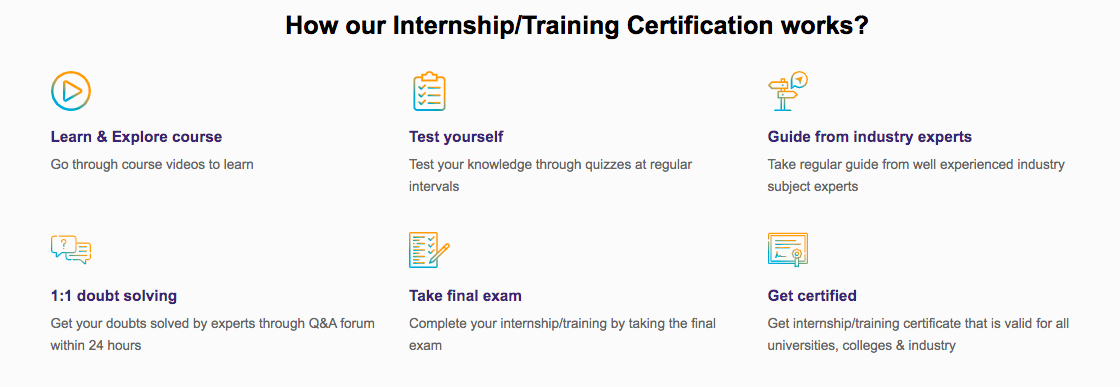
In India, approximately 1.7 million new stroke cases occur annually. Many Stroke survivors face significant challenges pathway that includes physical disability, communication disabilities, changes in how they think and feel, loss of work & income, as well as caregiver burden. Other studies are indicating a vast degree of incidence of strokes. In the Journal of Stroke Medicine, a study titled ‘Recommendation for the early management of Acute Ischemic Stroke’, taken up by several Indian researchers, the prevalence rate of strokes is between 84 and 262 strokes per 1 lakh persons in rural areas, and between 334 and 424 strokes for 1 lakh population in urban areas.
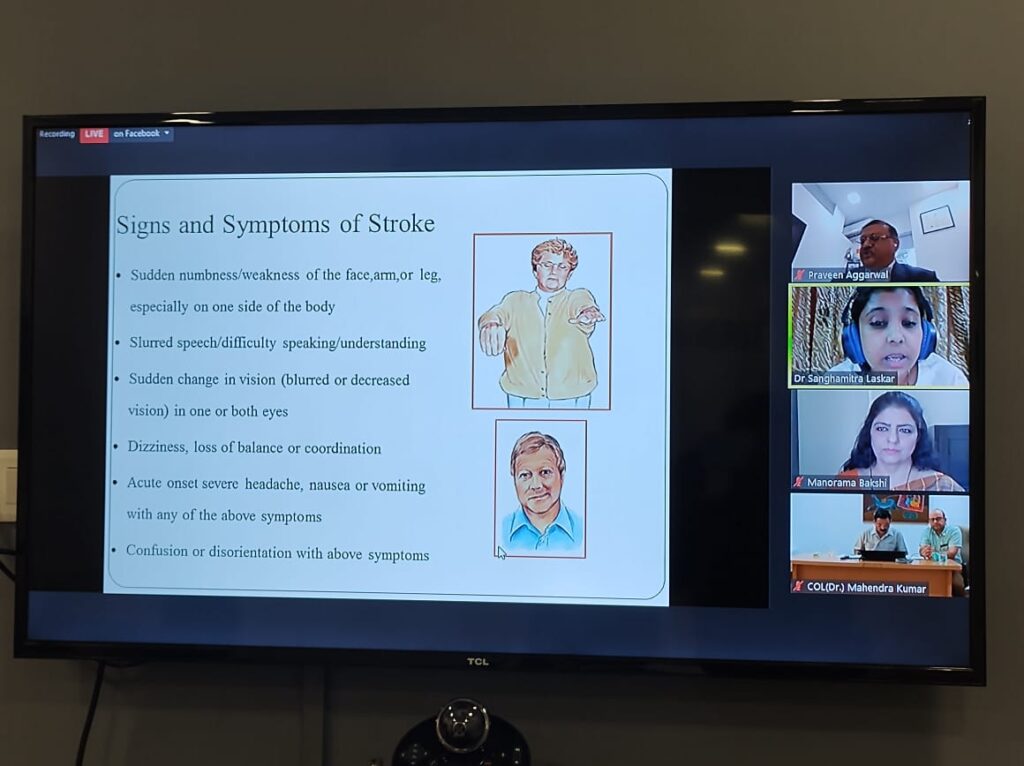
Panelists include Dr. GB Singh, Director Health Services (SI), Punjab Government, Dr. Sanghamitra Laskar, Associate Professor- Department of Neurology, VMMC and Safdarjung Hospital, Dr. Rahul Sharma, Additional Director (Interventional Cardiology), Fortis Hospital, Jaipur, Dr. JS Thakur, Chairman, World NCD Federation, and Professor, Department of Community Medicine, School of Public Health, PGIMER, Chandigarh, Dr. Kalpesh Shah MS, M CH (Neurosurgery), Neurosurgeon, Zydus Hospital. Dr. Manorama Bakshi, Head- Public Health & Advocacy, Consocia Advisory delivered the opening and welcome remarks. The panel discussion was conceptualized by Dr. P.R.
Sodani President, IIHMR University, and DR Manorama Bakshi, Head Consocia Advisory.
At the outset, Dr. Manorama Bakshi in her opening remarks raised concern that due to Covid, India along with many other countries has lagged on global commitments to tackle premature deaths from chronic diseases, such as strokes, diabetes, lung cancer, and heart disease. She said that NCD Countdown 2030 report states that the pace of change is too slow to achieve SDG 3.4 in most countries including India. While addressing the audience she said, “Every second delay is critical when it comes to Stroke. If you spot the signs of stroke, call an ambulance immediately.”
COL(Dr) Mahender Kumar, Dean, IIHMR University stated that “Addressing Stroke- A pathway to achieving SDG3” has been selected for discussion with a major pathway focus on the theme of the World Stroke Day- ‘Minutes can save lives. Stroke is the third leading cause of Deaths in India. Stroke is the 6th leading cause of DALYs in India. Among NCDs, Stroke is the 3rd leading cause of DALYs in India. Various observations have been laid down by National Programme for Prevention and Control of Cancer, Diabetes, Cardiovascular Diseases & Stroke (NPCDCS) its Guidelines for Prevention and Management of Stroke. It states that, amongst the leading causes of mortality and disability, Stroke is the leading cause amongst Non-Communicable Diseases. The Government has issued both Clinical and Program guidelines pathway for interventions at Health and Well Centres and the population level. Globally one in four adults can have a stroke in their lifetime. According to the Indian Stroke Association (ISA), worldwide every year close to 17 million people suffer from strokes, out of which 6.2 million die and 5 million suffer disabilities.”
Top Courses in Software Engineering
More Courses With Certification
Dr. Sanghamitra Laskar, Associate Professor- Department of Neurology, VMMC and Safdarjung Hospital, explained briefly what is stroke and who is at risk. She elaborated that, “80% of the stroke can be prevented with care. There are two risks associated with stroke a) Controllable medical risk factors can be controlled through medication for example High BP if diagnosed can help prevent strokes b) Lifestyle risk factors which can be prevented and controlled by improvising our lifestyle. This can be prevented through an increase in activity, reducing obesity, and even changing smoking habits to non-smoking habits. An emergency response system must be good to know if a person is
suffering from a stroke. She highlighted that when someone has a stroke the brain isn’t getting the blood it needs therefore it is important for family members or the community to know the common symptoms of stroke, she said one should know the FAST test to check for the symptoms. Face: Smile and see if one side of the face droops, Arms: Raise both arms. Does one arm drop down? Speech: Say a short phrase and check for slurred or strange speech and Time: If the answer to any of these is yes, call the helpline or rush to the hospital.”
Dr. Rahul Sharma, Additional Director (Interventional Cardiology), Fortis Hospital, Jaipur, spoke on Stroke Awareness where he highlighted the reasons and the prevention of stroke. He elaborated, “Average patient loses 1.9 million neurons or each minute delay in restoring blood flow after a stroke. To be a bit quicker one must adopt the BELFAST approach pathway in case of a patient suffering from a stroke. Stroke can be prevented by controlling/managing/treating hypertension/Diabetes and smoking- which are leading contributors of strokes.”
Dr. Kalpesh Shah MS, M CH (Neurosurgery), Neurosurgeon, Zydus Hospital said, “Incidence of stroke has increased almost 100 % in the past 5 decades however, technology has changed a lot. Effective treatment of stroke can prevent long-term disability and save lives. I think making treatments affordable through subsidies, must be made a top priority under NHM. Standard treatment protocols must be devised and operational guidelines must be done. There must be a support to states through policy and approving PIPs that provide treatment of Strokes. The government must introduce Stroke Ambulances as they have for the Heart. There must be better infrastructure equipped to manage strokes and training around advances in treatment and inclusion in the medical curriculum. Another aspect is better awareness amongst the masses as well as healthcare professionals around technological advances including mechanical Thrombectomy as an effective & minimally invasive procedure. With Mechanical Thrombectomy as a standalone or in combination with IV-tPA in lieu of the current administration of IV tPA alone, the treatment window can increase by 4-5 times, and hence the possibility of recovery is higher. He said in his hospital they have Code Stroke Alert which enables medical officers to quickly act on stroke patients.”
Dr. Kalpesh assessed that with Mechanical Thrombectomy as a standalone or in combination with IV- tPA in lieu of the current administration of IV tPA alone, the treatment window can increase by 4-5 times, and hence the possibility of recovery is higher.
Dr GB Singh, Director Health Services (SI), Punjab Government, said, “Central and State Governments are taking steps for early identification and treatment of Stroke. Stroke is an important component of the NPCDCS Programme of Govt. Of India. The State governments are responsible for creating awareness about stroke and treating patients. Punjab is providing Thrombolytics to patients with Stroke free of cost at Government hospitals where Stroke Units have been established. Dr. Singh further added that Stroke Treatment is probably not part of the government health schemes in all states. Punjab is giving this treatment to its patients at hospitals that have Stroke Units. We are in the process of establishing Stroke Units in all districts in the coming months In Punjab we are looking at implementing Stoke Ambulances. Last but not the least would be introducing mechanical Thrombectomy in government hospitals and delegate public-private partnership in education and awareness creation.”
Dr. JS Thakur, Chairman, World NCD Federation, and Professor, Department of Community Medicine, School of Public Health, PGIMER, Chandigarh, spoke on Evidence for stroke policy and surveillance & Recovery for Stroke patients. He said, “Access to treatment and diagnosis is a challenge in our country where the tools and equipment are outdated especially in the PHC’s. Even though policy and programs are in place but everyone needs to Act, one should not think that only doctors or the Ministry of health or the department of health are responsible. Primary prevention of
stroke includes lifestyle modifications and measures to control blood pressure, cholesterol levels, diabetes mellitus, and atrial fibrillation. Lowering blood pressure in patients with hypertension prevents both hemorrhagic and ischemic stroke. There is a need for how experts can work with the government to make the availability of the latest technology to the public. the need for evidence for policy formation and how engaging local communities and amplifying patient voice in awareness and advocacy campaigns.”
Dr. Praveen Aggarwal, Director and Co-founder, Consocia Advisory while summing up the webinar said that Stroke is a public health issue still not accorded appropriate attention in India causing deaths and disability. He raised concern that the Incidence of stroke has increased almost 100 percent in the past five decades therefore World Stroke Day is an opportunity to raise awareness. It is also an opportunity to advocate for action by decision-makers at global, regional, and national levels that are essential to improve stroke prevention, access to acute treatment, and support for survivors and caregivers.
For more related content visit Easyshiksha and Hawkscode
Empower your team. Lead the industry
Get a subscription to a library of online courses and digital learning tools for your organization with EasyShiksha
Request NowALSO READ: learn-french-with-the-top-institutes-in-India
Get Course: Java-Tutorial-for-Beginners-Course
